One of the most overlooked and yet fascinating galleries in London is the National Portrait Gallery. If you’re interested in British history or would like to check up on 20th century faces, the National Portrait Gallery is a great destination. Often overlooked, it sits behind the National Gallery but has a completely separate identity. The National Portrait Gallery holds around 200,000 portraits of people from diverse backgrounds who have all been chosen for their great achievements or aristocratic connections. See some of the most famous people of the last 500 years of British history. Because the National Portrait Gallery is all about celebrating the person rather than the artist there are all manner of amazing people from our past.
1. The National Portrait Gallery commissioned an early portrait of Diana Princess of Wales six weeks before her marriage to Charles (her new engagement ring is clearly on show, which now graces the finger of Catherine, Duchess of Cambridge). In August 1981 a knife-wielding Irishman attacked the portrait causing slashing around the canvas. However, such are the skills of the expert conservationists that they managed to restore the portrait to its original state without any trace of damage.
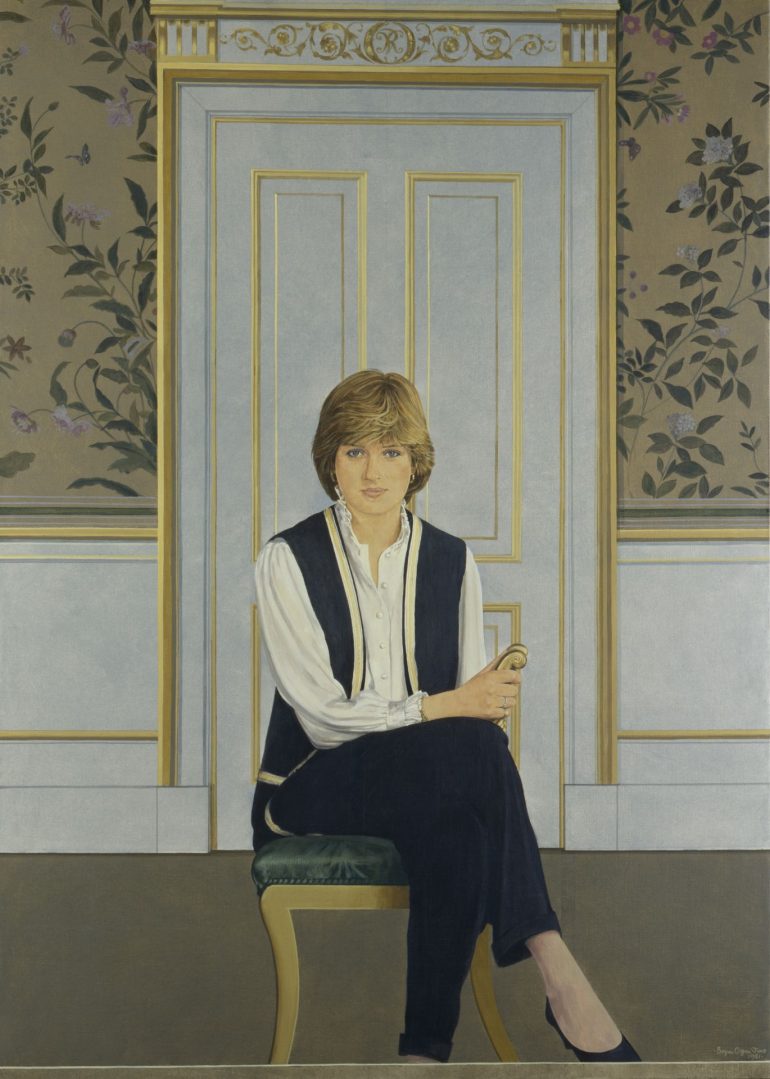 National Portrait Gallery: Portrait of Diana, Princess of Wales by Bryan Organ, 1981. Photo Credit: © National Portrait Gallery, London.
National Portrait Gallery: Portrait of Diana, Princess of Wales by Bryan Organ, 1981. Photo Credit: © National Portrait Gallery, London.
2. If you only know one English king, chances are it’s King Henry VIII. He was a formidable character whose court followed his every fashionable move. You’ll find him standing his ground in the Tudor galleries at the National Portrait Gallery. The original image was lost in the great fire at Whitehall Palace but the cartoon or preparatory sketch survives here. If you’re curious how the artist managed to create great wall paintings this will give you some idea of how it’s done.
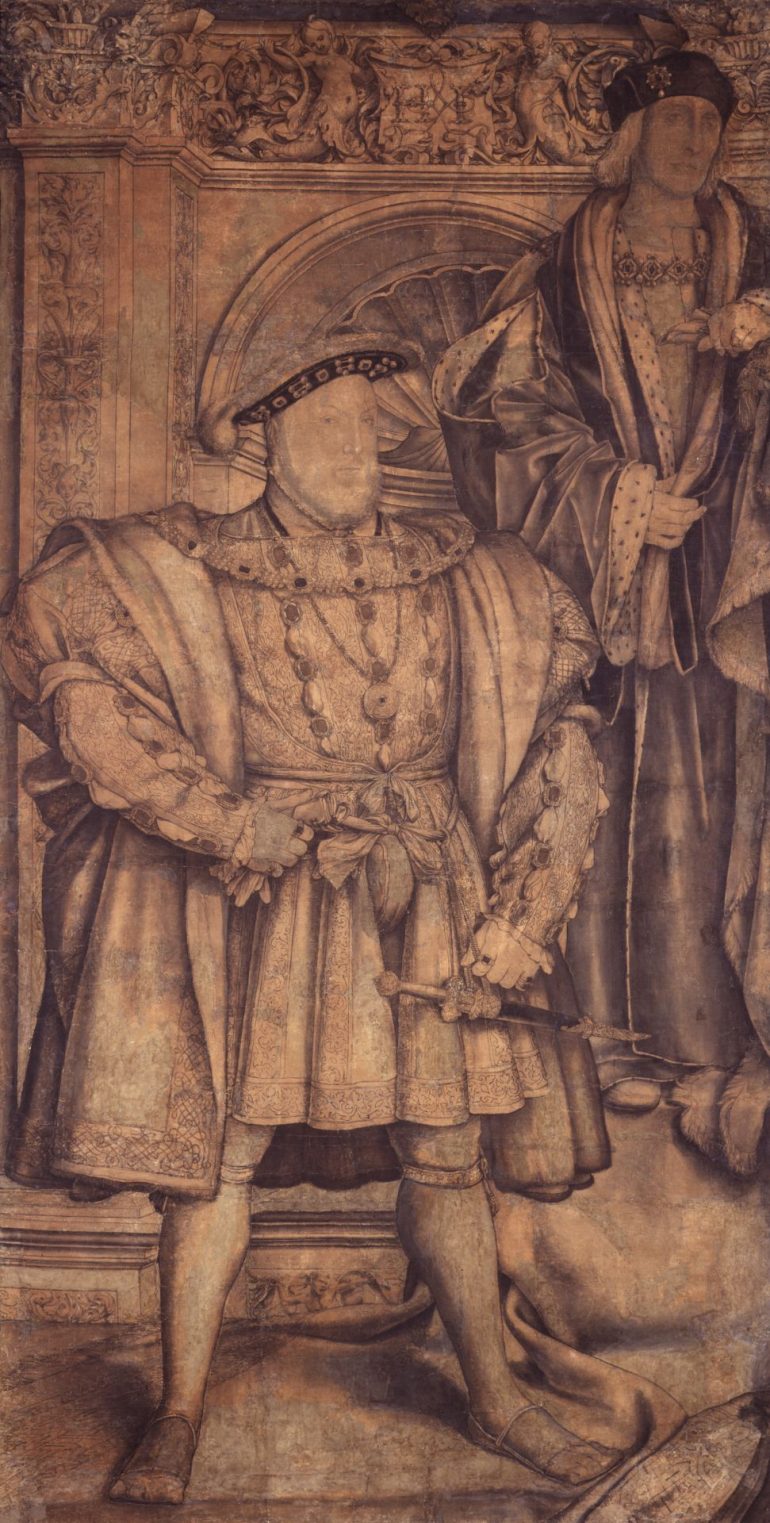
National Portrait Gallery: Portrait of King Henry VIII; King Henry VII by Hans Holbein the Younger, circa 1536-1537. Photo Credit: © National Portrait Gallery, London.
3. Following in her father’s footsteps (while managing to keep her head) Elizabeth I is represented in all her glory. She was a queen who, like her father, understood the importance of image and there are some fabulous ones in the National Portrait Gallery.
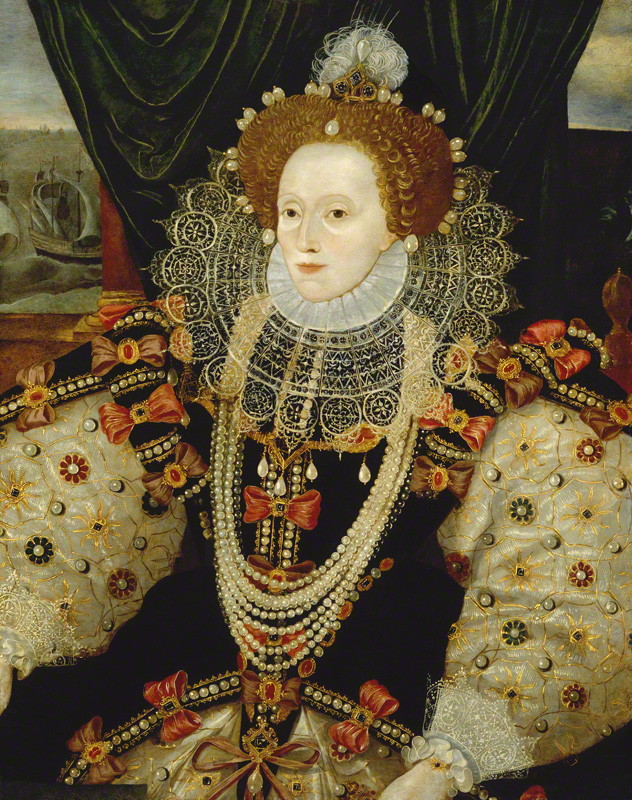 National Portrait Gallery: Portrait of Queen Elizabeth I by Unknown English artist, circa 1588. Photo Credit: © National Portrait Gallery, London.
National Portrait Gallery: Portrait of Queen Elizabeth I by Unknown English artist, circa 1588. Photo Credit: © National Portrait Gallery, London.
4. Did you know that the Tudors hid messages in their paintings that would have been understood by the 16th century viewer. When visiting the National Portrait Gallery look for the pelican, symbol of motherly love (in this case she was mother of a nation), the phoenix, sign of rebirth and the ermine with its white coat and black tipped tail which was a sign of purity and became a status symbol, worn only by royalty and high nobility.
 National Portrait Gallery: Napoléon Bonaparte (‘Apotheosis of the Corsican-phoenix’) by James Gillray, published by Hannah Humphrey hand-coloured etching and aquatint, published 2 August 1808. Photo Credit: © National Portrait Gallery, London.
National Portrait Gallery: Napoléon Bonaparte (‘Apotheosis of the Corsican-phoenix’) by James Gillray, published by Hannah Humphrey hand-coloured etching and aquatint, published 2 August 1808. Photo Credit: © National Portrait Gallery, London.
5. Do you want to come face to face with the Queen. In the modern galleries you can find a who’s who of our modern royals including Queen Elizabeth II and her heir, Prince Charles. So if you don’t have a chance to meet them in the flesh, come and stand before them here at the National Portrait Gallery.
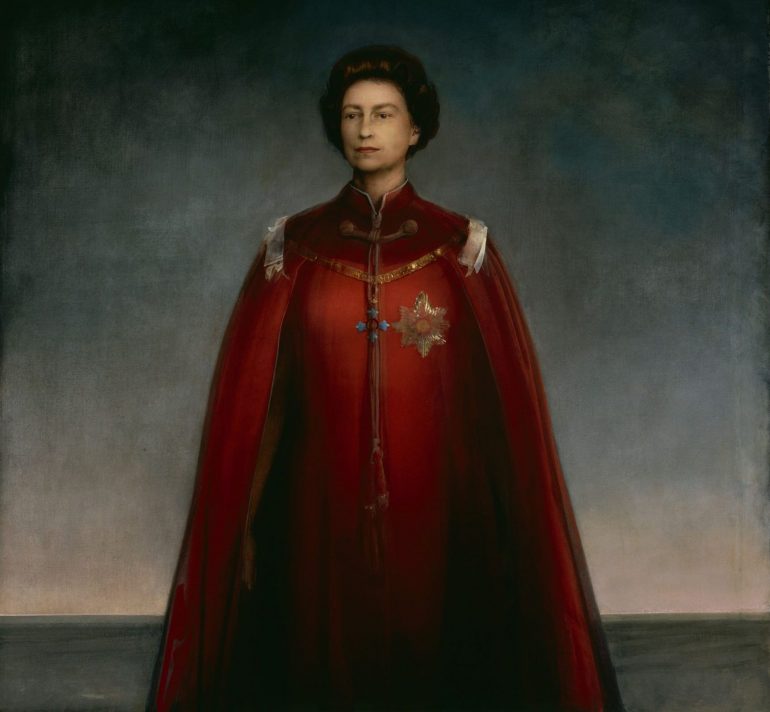 National Portrait Gallery: Portrait of Queen Elizabeth II by Pietro Annigoni,1969. Photo Credit: © National Portrait Gallery, London.
National Portrait Gallery: Portrait of Queen Elizabeth II by Pietro Annigoni,1969. Photo Credit: © National Portrait Gallery, London.
6. The National Portrait Gallery also displays a number of photographs, once considered much lower status compared to paintings. Photographers range from the amazingly innovative amateur Julia Margaret Cameron to one of the go-to photographers of the 60s, David Bailey.
 Photograph of Annie Cameron (née Chinery) by Julia Margaret Cameron, albumen print on gold-edged cabinet, 1869. Photo Credit: © Ursula Petula Barzey.
Photograph of Annie Cameron (née Chinery) by Julia Margaret Cameron, albumen print on gold-edged cabinet, 1869. Photo Credit: © Ursula Petula Barzey.
7. If you’re mad about the Victorians you’ll discover some of the most illustrious names in British history at the National Portrait Gallery. Among the galleries surrounding the statue of the adoring Queen Victoria and her Prince Albert attired in medieval costume are portraits of Charles Dickens, the great author and reformer of the 19th century and Charles Darwin whose book ‘On the Origin of the Species’ in 1859 caused a great debate in Victorian society.
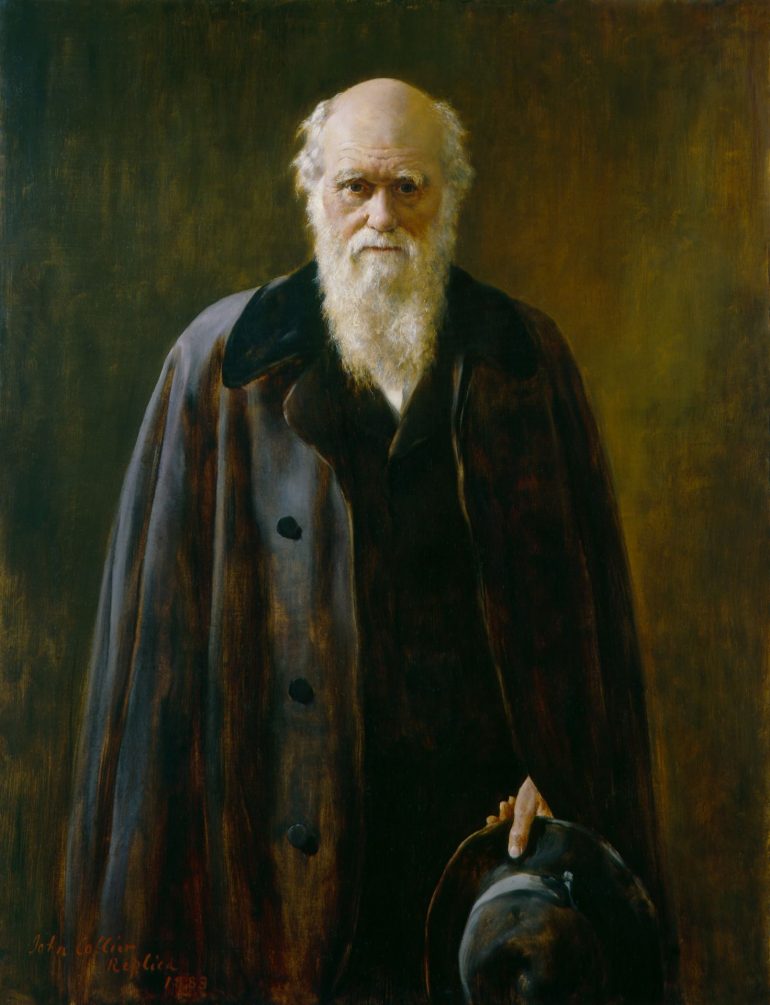 National Portrait Gallery: Charles Darwin copy by John Collier, 1883, based on a work of 1881. Photo Credit: © National Portrait Gallery, London.
National Portrait Gallery: Charles Darwin copy by John Collier, 1883, based on a work of 1881. Photo Credit: © National Portrait Gallery, London.
8. Votes for Women!: both Emmeline and Cristabel Pankhurst are represented in the galleries. Cristabel is portrayed in the style of a great heroine decked out in the suffragette colours of white, green and purple.
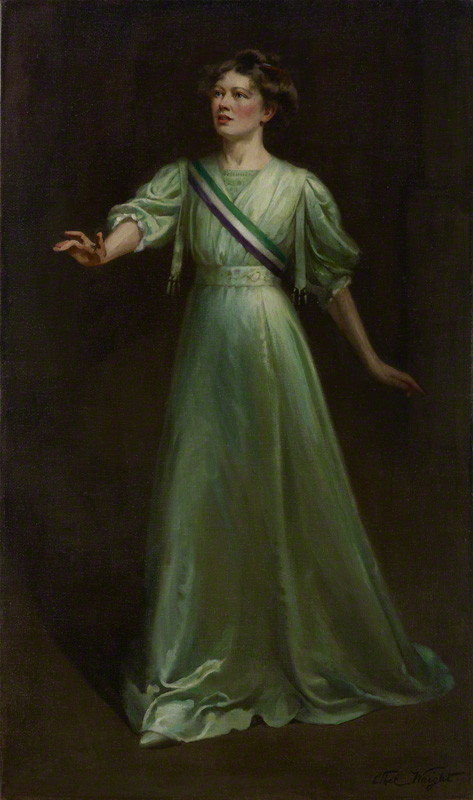 National Portrait Gallery: Portrait of Dame Christabel Pankhurst by Ethel Wright. Photo Credit: © National Portrait Gallery, London.
National Portrait Gallery: Portrait of Dame Christabel Pankhurst by Ethel Wright. Photo Credit: © National Portrait Gallery, London.
9. If you like satire you can also find some splendid cartoons which lampooned great figures over the last couple of centuries. The corpulent figure of George IV featured in George Cruikshank’s amusing cartoons and the great William Hogarth features as himself in a simple and understated portrait.
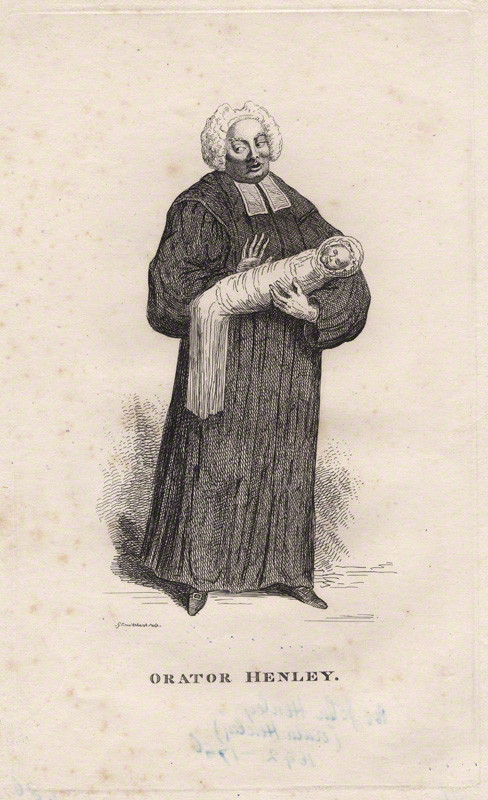 National Portrait Gallery: John Henley by George Cruikshank, after William Hogarth etching, published 1820. Photo Credit: © National Portrait Gallery, London.
National Portrait Gallery: John Henley by George Cruikshank, after William Hogarth etching, published 1820. Photo Credit: © National Portrait Gallery, London.
10. One of the 19th century’s most acclaimed authors is represented by one of the smallest images in the National Portrait Gallery. This is of Jane Austen by her sister Cassandra. Jane Austen, whose books include Pride & Prejudice and Northanger Abbey embarked on a profession which was not suitable for a gentile lady. However, masquerading as a man she managed to publish her books and is now one of the most well known female authors of her time.
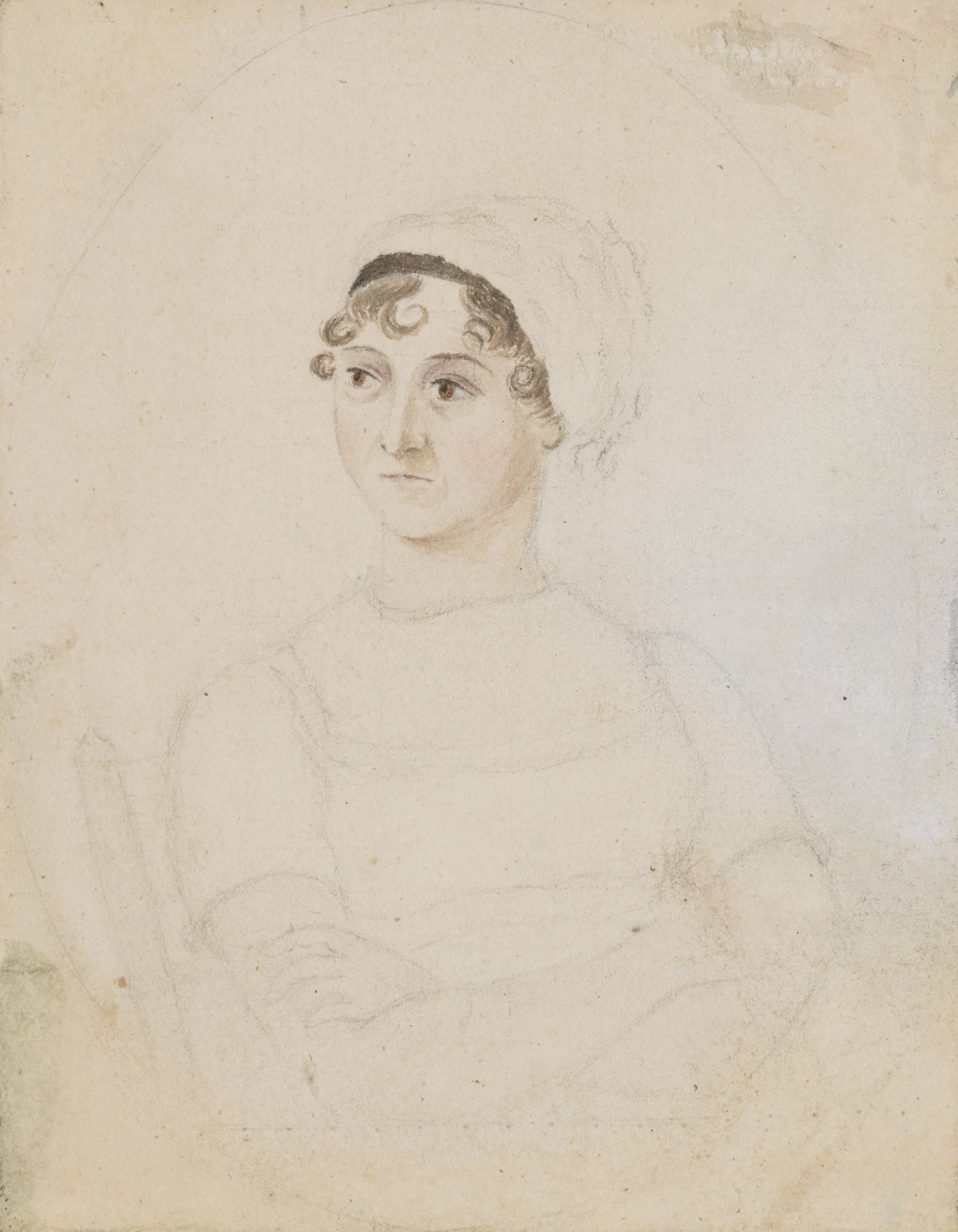 National Portrait Gallery: Portrait of Jane Austen by Cassandra Austen, circa 1810. Photo Credit: © National Portrait Gallery, London.
National Portrait Gallery: Portrait of Jane Austen by Cassandra Austen, circa 1810. Photo Credit: © National Portrait Gallery, London.
If you’d like to understand British history through the people and faces that created it, why not enrich your experience at the National Portrait Gallery by hiring a Blue Badge Tourist Guide.



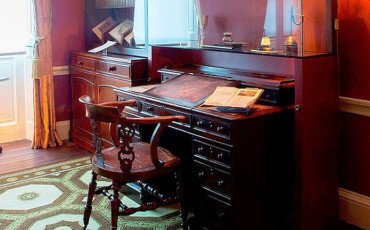
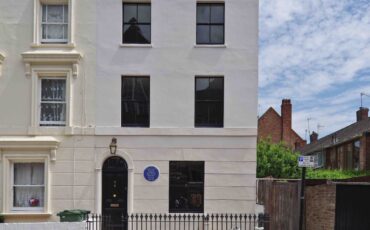


Leave a Reply